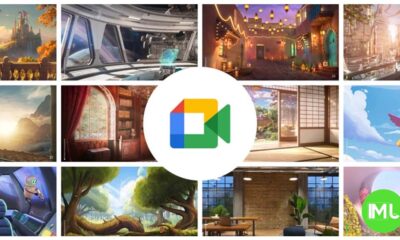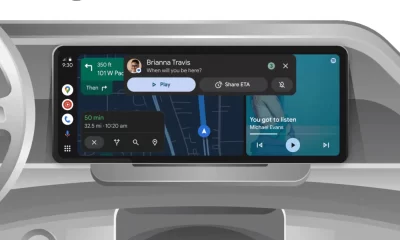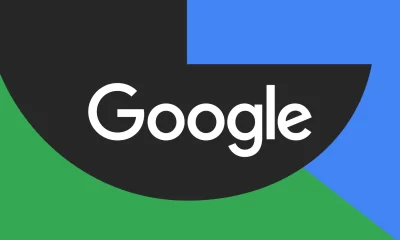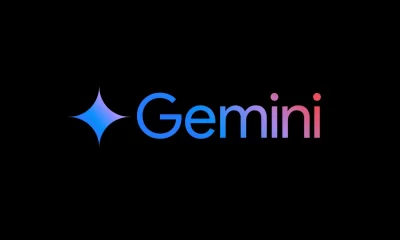Android
Google reorganizes Gemini, Assistant, and Search, adds passport support to Wallet and introduces new security features in Android
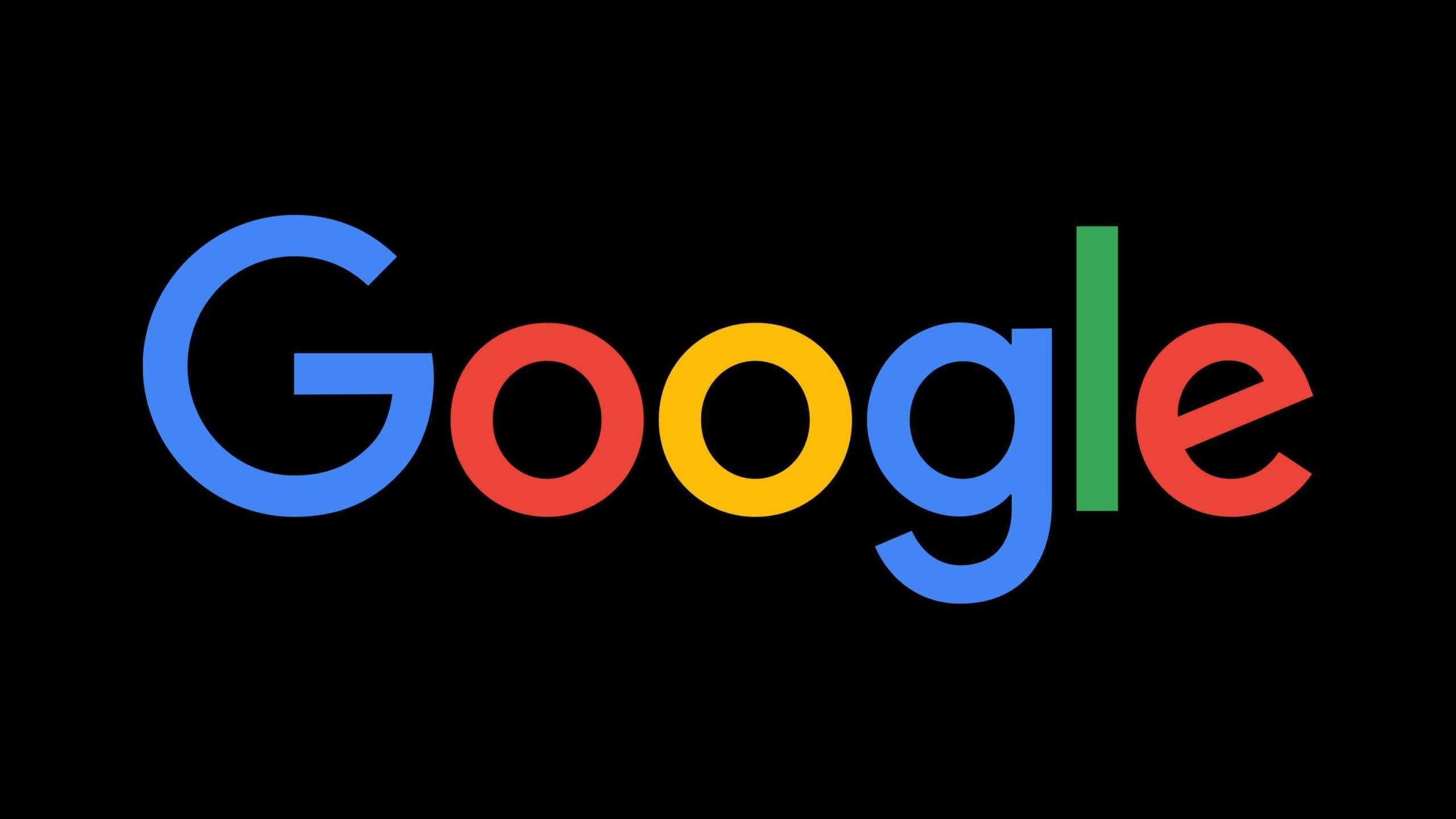
Google has announced a major reorganization across several of its key areas, including Gemini, Assistant, and Search. CEO Sundar Pichai explained the changes in a recent company update, stating that these shifts are aimed at improving efficiency, innovation, and product development, particularly in AI-powered solutions.
Gemini Team Moves to DeepMind
The Gemini app team, previously part of Google’s Knowledge & Information (K&I) division—responsible for Search, Ads, Maps, and Commerce—is now being moved to the Google DeepMind organization. DeepMind is Google’s AI research lab, and this move is intended to enhance collaboration between teams and accelerate the deployment of new AI models.
Pichai noted, “By bringing these teams closer together, we can improve feedback loops, speed up deployment of new models in the Gemini app, and make our post-training efforts more efficient.”
Assistant Now Part of Pixel and Android
Google’s Assistant team, previously linked to the Gemini team, will now be part of the Platforms & Devices division, which oversees Pixel and Android. This realignment allows Assistant developers to work more closely with the hardware and software products they’re supporting, with a stronger focus on enhancing user experience in AI-driven home and device integrations.
This shift brings Google’s AI-powered initiatives, especially in the home automation and device ecosystem, under a unified team, which is expected to streamline efforts and drive better results.
Prabhakar Raghavan Transitions to Chief Technologist
Another significant change involves Prabhakar Raghavan, who has stepped down from his role as Senior Vice President of Search. He will now take on the role of Chief Technologist at Google, where he will partner closely with Sundar Pichai and other Google leaders to provide technical direction and leadership.
Raghavan’s contributions to Google have been vast, spanning across products like Gmail, Drive, Ads, and Search. He played a key role in launching AI-powered features such as Smart Reply and Smart Compose, while also driving AI advancements in Search, including the introduction of AI Overviews and visual search tools like Lens. His transition to Chief Technologist marks a new phase in his career, where he will continue to influence the technical growth of the company.
Nick Fox Takes Over Knowledge & Information Division
Following Raghavan’s move, Nick Fox, a long-time Googler and Senior Vice President, will now lead the Knowledge & Information division. Fox has been instrumental in shaping Google’s AI product strategy, working on initiatives that span Search, Assistant, Ads, and more. He has launched successful consumer products like Google Fi and has led complex projects such as RCS messaging.
Fox’s new role signals Google’s commitment to continuing its innovation in AI-driven products and services, particularly in Search, Ads, and other K&I-related areas.
Google Wallet Testing Digital Passport Feature
In another exciting development, Google Wallet has begun testing a feature that allows users to store digital versions of their U.S. passports. This feature is currently in beta for users enrolled in Google Play services and is available for domestic flights in select U.S. airports.
The process to add a passport to Google Wallet involves scanning the passport’s information page, detecting the embedded security chip using NFC technology, and submitting a brief video to verify the user’s identity. Google will then match the video to the passport photo to confirm the authenticity of the document.
This feature, much like the existing state ID option in Google Wallet, offers users the convenience of securely carrying their identification digitally. If a phone is lost, users can remotely remove the digital passport from their devices.
New Security Features in Android 15
As part of Android’s upcoming updates, Google is introducing a new security feature called “Failed Authentication Lock” as part of its enhanced theft protection suite. This feature will lock down devices after multiple failed login attempts, preventing unauthorized access.
This new layer of security adds to Android’s existing protections, which include Theft Detection Lock, Remote Lock, and Offline Device Lock. These features are part of Google’s continued efforts to strengthen user privacy and security across its ecosystem.
Conclusion
Google’s recent organizational changes reflect its ongoing efforts to streamline AI development, enhance product efficiency, and bolster security. Moving the Gemini app team to DeepMind, refocusing Assistant on device integrations, and adding digital passport functionality to Google Wallet demonstrate the company’s commitment to innovation. With the introduction of new security measures in Android 15, Google continues to prioritize user safety and a seamless experience across its services.
Android
Easy ways to change Android Auto’s look with light and dark themes
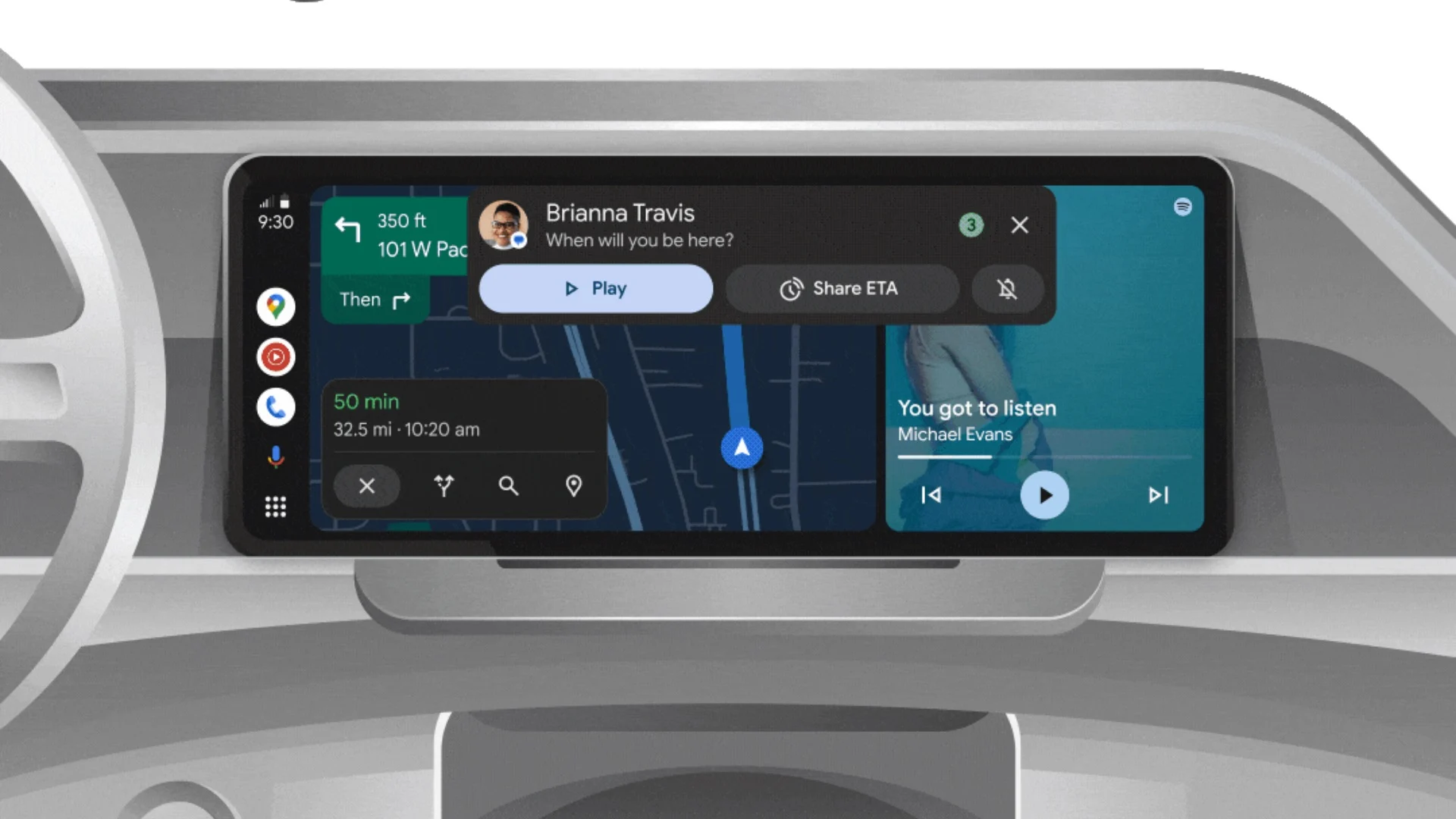
Android Auto is a helpful tool that lets you use your phone’s apps safely while driving. It connects your phone to your car’s screen, making it easier to use maps, music, and calls. One of the features many people like is the ability to change how Android Auto looks by switching between light and dark themes.
How to switch between light and dark themes
Android Auto offers two main themes: light and dark. The light theme uses brighter colors, which can make the screen easier to see during the day. The dark theme uses darker colors, which can be more comfortable for your eyes at night or in low light.
To change the theme, follow these steps:
- Open the Android Auto app on your phone.
- Go to the settings menu.
- Find the “Theme” option.
- Choose between “Light,” “Dark,” or “Set by car” (this lets your car decide the theme based on the time of day or your car’s settings).
Why themes matter
Using the right theme can make driving safer and more comfortable. The light theme is good for bright days, while the dark theme helps reduce glare at night. Having these options means you can pick what works best for you, making Android Auto easier to use in any condition.
In short, Android Auto’s theme options are simple to use and help you drive more safely by making the screen easy to see, no matter the time of day.
Android
Google’s New Updates: Gemini 2.5 Pro, Android 16 features, and Messages change
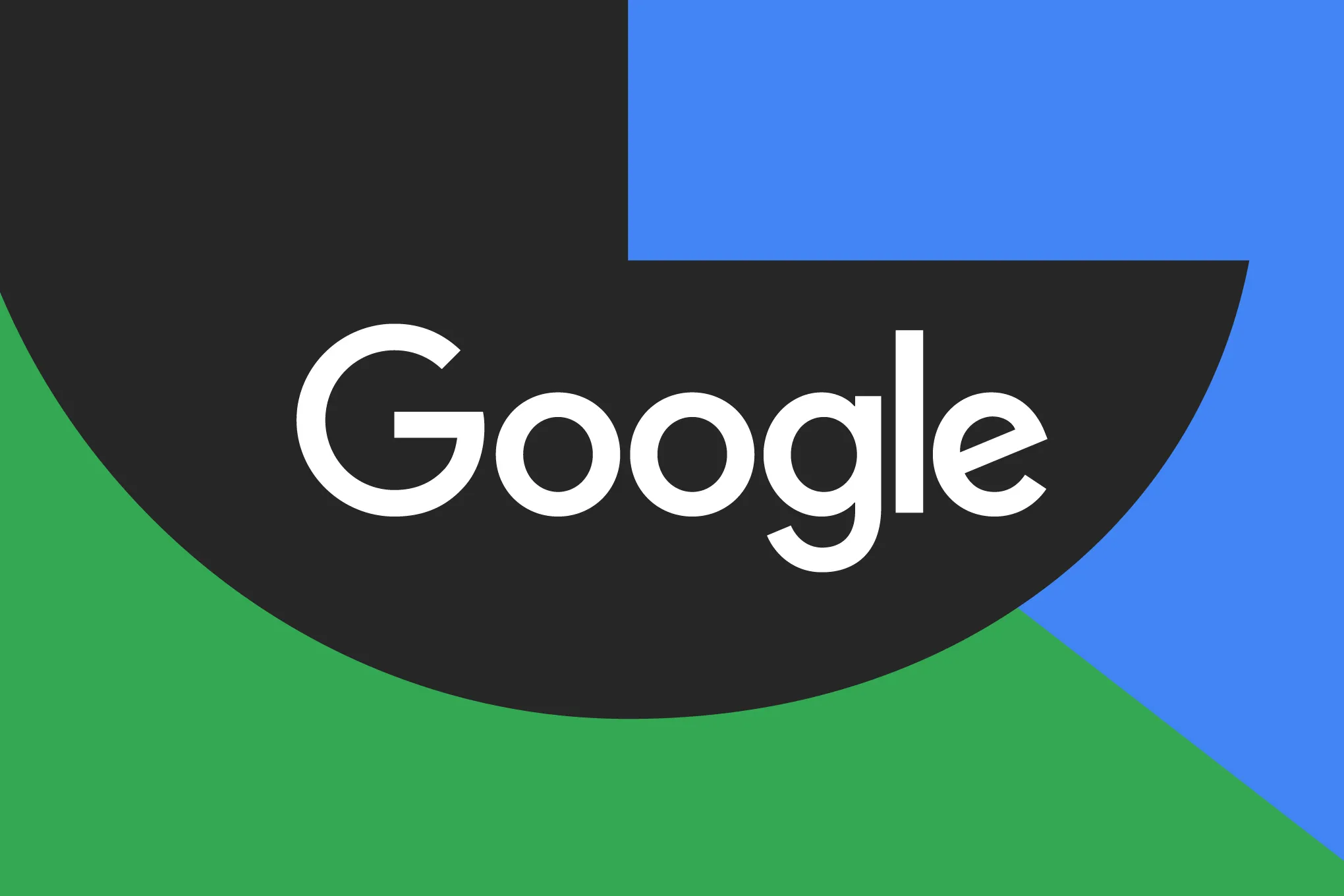
Google has just rolled out some exciting updates across its services and apps. Here’s a simple breakdown of what’s new and what it means for you.
Gemini 2.5 Pro is here
Google has launched Gemini 2.5 Pro, the latest version of its AI model. This upgrade brings smarter and faster responses, making it easier for users to get helpful answers. Gemini 2.5 Pro is now available in Google’s AI Studio and Vertex AI, so developers can build even better tools and apps using this technology.
Android 16 brings more customization
Android 16 is adding new ways to personalize your phone. One of the standout features is the ability to hide the clock on your lock screen, giving you a cleaner look if you want it. This is part of Google’s push to let users make their phones feel more unique. There’s also a new animation for the power button, making the experience smoother and more modern when you turn your phone on or off.
Google Messages removes the unsubscribe button
If you use Google Messages, you might notice that the “Unsubscribe” button is gone from some business messages. Google has removed this feature, so users now have to find other ways to stop unwanted texts. This change might make it a bit harder to manage spam, but Google hasn’t said why the option was removed.
What does this mean for you
These updates show that Google is focused on making its products smarter and more personal. Whether you’re using AI tools, customizing your phone, or managing your messages, you’ll see some changes that aim to improve your experience.
Android
Here’s what’s new with Google Keep and Android Automotive apps

Google Keep is getting a fresh look with the new Material You design, making it more colorful and easier to use on Wear OS smartwatches. The update brings bigger buttons and clearer text, so you can quickly jot down notes or check your lists right from your wrist. This makes Google Keep more handy when you’re on the go and don’t want to pull out your phone.
On another front, Android Automotive is improving how apps show information while you drive. Instead of opening full apps, you’ll see simple cards on your car’s screen that give you important details at a glance.
These cards help keep your focus on the road by showing things like music controls, navigation updates, or reminders without distractions. This new card system is designed to work smoothly with apps like media players and navigation tools, making your driving experience safer and more convenient.
Together, these updates show Google’s effort to make its apps smarter and easier to use in everyday life, whether you’re walking around with your smartwatch or driving your car. The focus is on clear, simple designs that help you get things done quickly without hassle.
In short, Google Keep’s new look on Wear OS and the smart cards in Android Automotive are small but useful changes that make tech fit better into your daily routine.
-
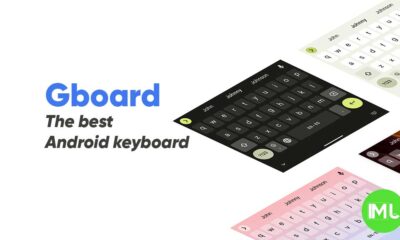
 Apps1 year ago
Apps1 year agoGboard Proofread feature will support selected text
-

 News1 year ago
News1 year agoSamsung USA crafting One UI 6.1.1
-

 Apps12 months ago
Apps12 months agoGoogle Contacts app testing new Besties Widget
-
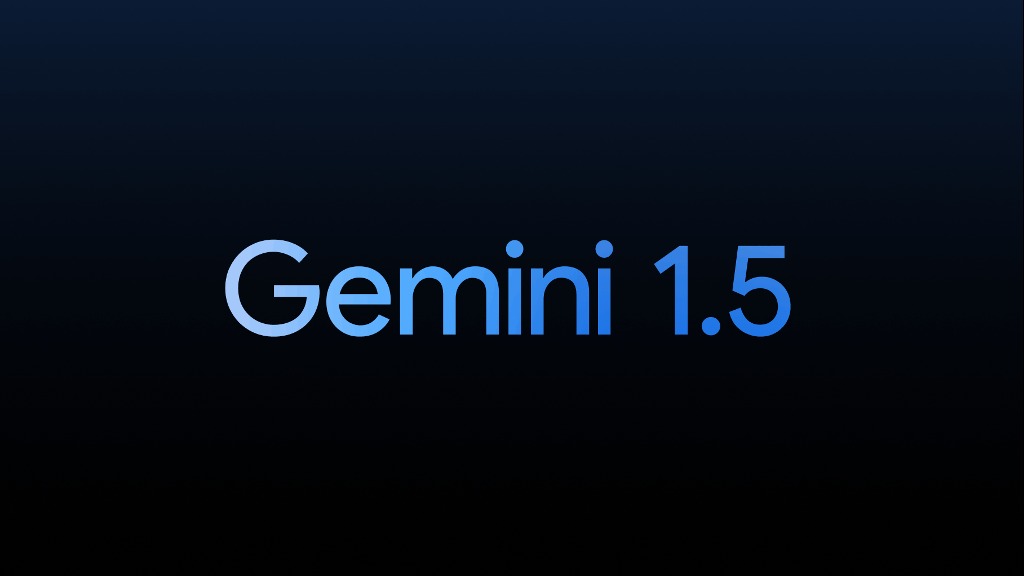
 AI12 months ago
AI12 months agoGoogle Pixel 9 Pro may come with a complimentary one-year Gemini Advanced subscription
-

 News1 year ago
News1 year agoBreaking: Samsung Galaxy S22 may get Galaxy AI features
-
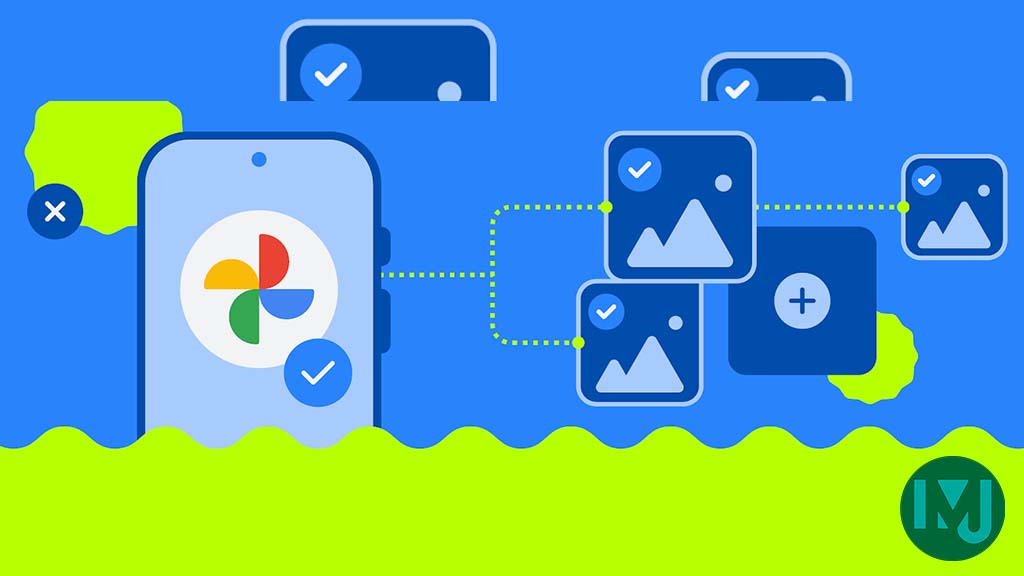
 Apps12 months ago
Apps12 months agoGoogle working on a new video editing feature for its Photo app
-
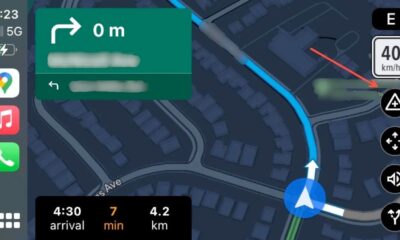
 Apps12 months ago
Apps12 months agoGoogle Maps lets you report traffic jams and accidents on Apple CarPlay, but not on Android Auto
-

 Apps12 months ago
Apps12 months agoGoogle Messages app will transform MMS chats into RCS

